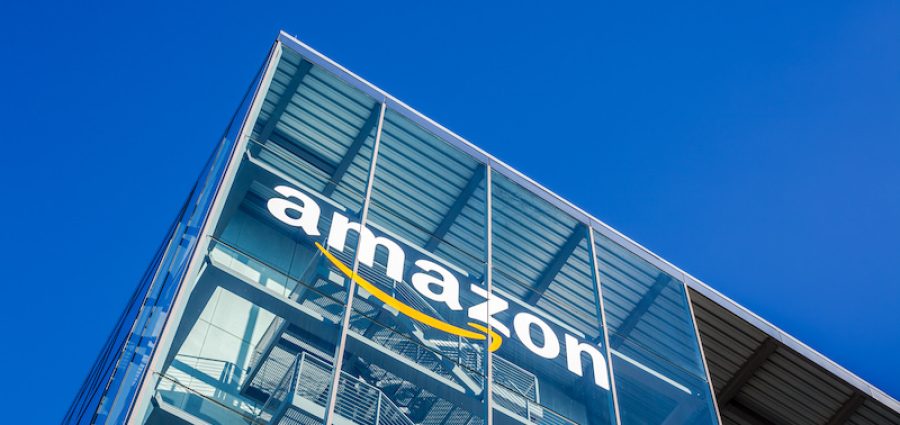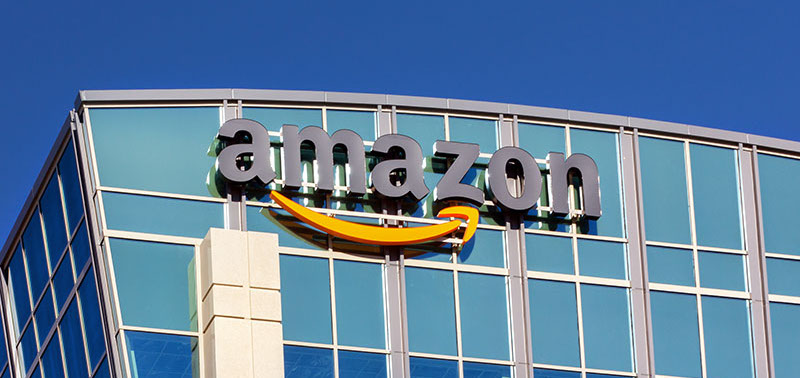Thanks in large part to the COVID-19 pandemic, B2B sellers are faced with a burgeoning range of options when it comes to picking the right online platform to sell their wares. In this MDM Q&A, Amazon Business’ Chris Caruso, head of pricing, selection and supplier tools, speaks about some of the mistakes and assumptions distributors made when considering whether they should sell through Amazon, as well as the ways that Amazon could help them with their online B2B needs.
Also, Bill Kopitke, general manager of healthcare at Amazon Business, discussed how Amazon’s platform has adjusted to the disruptions caused by the COVID-19 pandemic, which includes how to source and deliver personal protective equipment.
Chris, what are the top priorities and concerns for online B2B sellers?
Caruso: As B2B procurement increasingly takes place through online channels, sellers must constantly analyze who their customers are, where they are purchasing, and what they expect from the buying experience. While some buyers may prefer a direct-to-consumer model to increase engagement and loyalty, others may prefer to monitor and compare pricing from third-party sellers across an online store – making competitive pricing critical to capture their attention.
Online stores also enable sellers to provide their customers with all of the information they need to make purchasing decisions in one central location and give them the tools to optimize their listings. For example, Amazon Business features a keyword generator that helps selling partners make their products discoverable.
By understanding and implementing the sales model, pricing and credentials that buyers want, sellers can connect to the right customers and drive sales growth.
What are some of the misconceptions distributors have about deciding to sell through an online store?
Caruso: More than 70% of B2B buyers prefer remote or digital sales, so using online stores is becoming a key differentiator for distributors to generate sales. But for some B2B distributors new to e-commerce, the steps to getting set up to sell online may seem daunting. However, this is merely a misconception and is easily achieved with the right online store. Sellers who are asking themselves, “How can I diversify my sales channels?” or “How can I successfully coordinate inventory, pricing and order fulfillment online?” can leverage the many tools and resources available online that channels like Amazon Business provide to make the process seamless.
What are some of the ways Amazon is helping distributors to be successful, and how has that evolved over the last year in light of the COVID-19 disruptions?
Caruso: Amazon Business’ tools and features enable third-party sellers, wholesalers, distributors, manufacturers and vendors (our “selling partners”) to pivot quickly based on millions of customer needs. This was especially critical due to the uncertainty surrounding supply and demand spurred by the pandemic. In 2020, we created COVID-19 Supplies to designate a space where PPE suppliers could easily get their supply into the hands of those organizations on the front lines in dire need. This streamlined process allowed healthcare and government organizations to simplify PPE sourcing as well as giving distributors a reliable path to sales.
Additionally, the ability to shift operations quickly with our online store has helped selling partners like hand2mind, a learning solutions provider, shift their manufacturing to offer PPE equipment to healthcare workers and hospitals on Amazon Business.
Speaking of Covid-19, Amazon’s COVID-19 response helped customers on the front lines of the pandemic access over 200 million items of scarce PPE. Bill, how can companies pivot if the country they typically source PPE from isn’t operating at full capacity?
Kopitke: With the flu season and the pandemic, the need for PPE for both healthcare providers and everyday organizations alike will increase quickly. At the same time, continued social distancing guidelines, lockdowns and work-from-home policies mean the countries or states that sellers typically source from might not be operating efficiently or at capacity. If this is the case, B2B suppliers will need to consider alternative sources. By introducing an online B2B supplier model, brands can tap into a broader network of suppliers across areas brands might not have previously had access to.
How can organizations fill business gaps to follow where the demand is for PPE supplies?
Kopitke: B2B sellers can look to partner with existing suppliers to fill supply chain gaps. For example, if you’re a non-medical seller but have access to textiles, work with your existing partners to pivot operations to focus on creating PPE supplies. From there, sellers can work with online stores to get the PPE to frontline workers without the traditional and labor-intensive contracts often required for hospitals and the public sector.
For example, Hand2mind shifted its business to sell PPE to hospitals and healthcare workers at the start of the pandemic. Like most, the company faced challenges at the onset of the pandemic but wanted to do its part to help global PPE shortages by partnering with existing suppliers. Through these partnerships, hand2mind quickly moved to meet the needs of the healthcare industry workers and produced PPE. To reach frontline workers, hand2mind then partnered with us to list their products on our COVID-19 Supplies store.
Sellers can also fill business gaps and follow demand by moving to a B2B seller model. When sellers open up an online store with a B2B e-commerce website, they can reach millions of potential customers, like healthcare organizations, school districts and governments, searching for supplies that are in high demand, like PPE, without existing relationships or traditionally intensive contracts.
How can customers leverage technology to better manage their inventory and reach more sellers?
Kopitke: Sellers can use e-commerce technology, like the technology offered to Amazon Business partners, to reach more B2B customers, manage inventory, and receive real-time data analytics to stay informed on how to pivot and when to start looking elsewhere to consider other sources. Leveraging an e-commerce store on Amazon Business allows sellers to scale in a way that makes sense economically. For example, the Sales Snapshot feature allows sellers to view the growth of their B2B sales from registered business customers (B2B) in contrast with that of non-business customers (non-B2B). It’s important to be able to separate B2B customer sales from B2C customer sales to understand the different levels of demand from both. Once this is understood, sellers can reach more customers.
Chris, any final thoughts on how Amazon Business can help online B2B sellers?
Caruso: Another benefit available to Amazon Business selling partners is the ability to offer two types of discounts. First, business-only pricing, which is a discounted price available exclusively to Amazon Business customers, regardless of the quantity purchased. Another option is to offer a quantity discount – tiered discounts available exclusively to Amazon Business customers for higher-volume purchases. Selling partners specify the tiers for quantity pricing.
Amazon Business also provides features to help small and diverse businesses that may have been adversely impacted by the pandemic. Distributors can highlight certifications such as woman-, minority-, or veteran-owned, and buyers can filter their searches based on these credentials. This makes it simple for organizations to find and purchase from credentialed sellers. Another feature includes the ability for instant transfer that enables the swift deposit of revenue. We also make it easy for selling partners to offer bulk discounts, fulfillment through Amazon for faster delivery, and take part in tax exemption programs. To ensure selling partners take full advantage of these capabilities, they have access to seller resources that provide best practices and guides for using Amazon Business.
Related Posts
-
Sales volume differentiation, individual sales target assignment and adjustment of measurement and pay periods are…
-
Online giant Amazon bringing five new buildings, 2,000 jobs to the metropolitan Detroit area.
-
Trying to shoehorn the needed supply chain structure into the current fragmented system is the…





